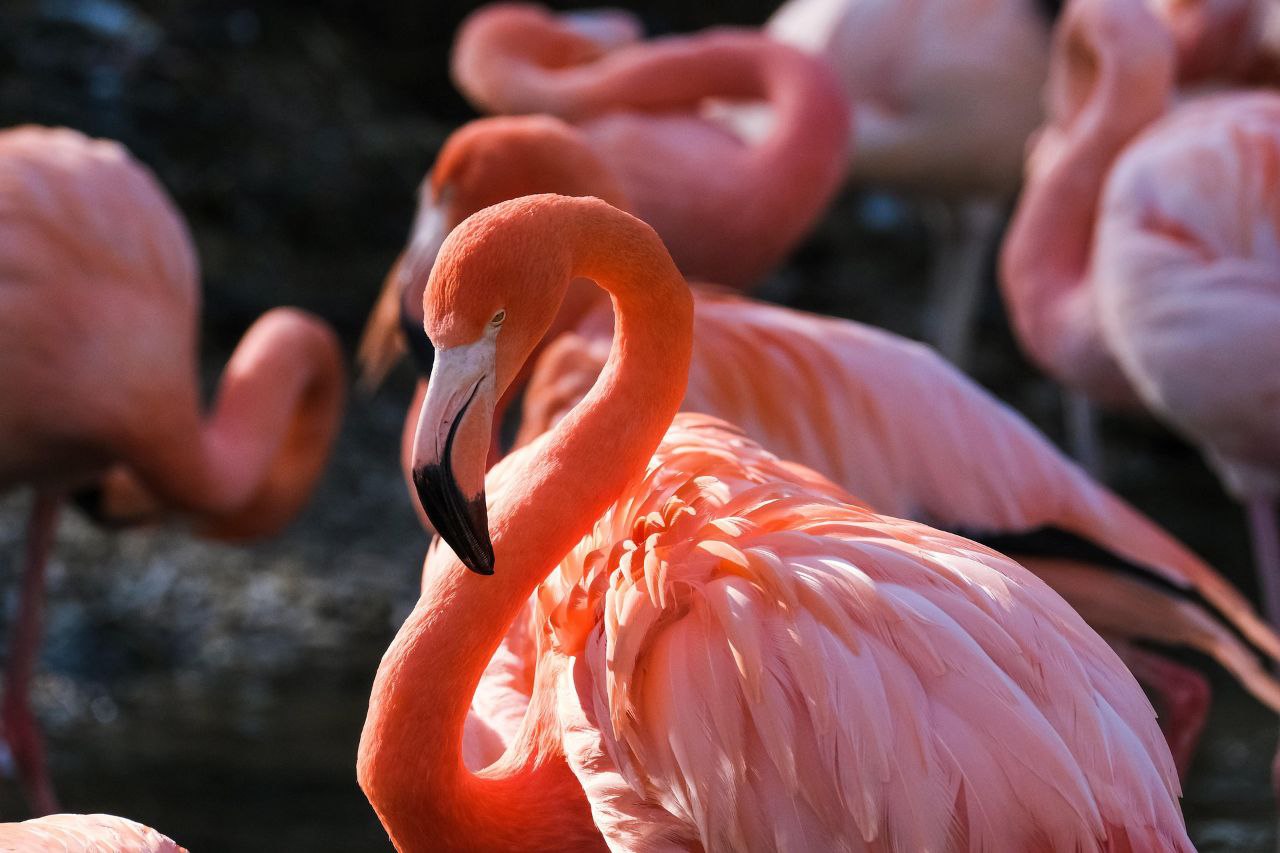Cyprus, renowned for its beaches and mild climate, boasts remarkable natural diversity. Despite its relatively small size, the island is home to hundreds of animal species adapted to the hot Mediterranean climate. Its mountains, forests, steppes, and coastal areas are home to unique fauna, many of which are found nowhere else in the world.
Contents
General characteristics of the fauna of Cyprus
Due to the island’s geographical isolation, Cyprus’s wildlife has developed in a unique way. There are no large predators, but rare endemic species, birds of prey, and a variety of reptiles are found here. In total, approximately 400 animal species have been recorded in Cyprus, including mammals, birds, reptiles, amphibians, and countless insects.
Most of the fauna is concentrated in the Troodos, Akamas and Cape Greco national parks, where conservation measures have helped preserve natural habitats.
The Cypriot mouflon is the island’s symbol.
The most famous and unique animal of Cyprus is the Cyprus mouflon (Ovis gmelini ophion). This rare subspecies of mountain sheep is endemic to the island and is found nowhere else in the world.
The mouflon is found exclusively in the mountainous regions of Troodos, primarily in the vicinity of the Paphos Forest Nature Reserve. It is distinguished by its robust build, thick brown fur, and large, curved horns in males.
At the beginning of the 20th century, the mouflon population was reduced to a few dozen due to hunting and deforestation. Today, thanks to conservation and captive breeding, the population exceeds 3,000 individuals. The mouflon has become the national symbol of Cyprus and is depicted on euro coins.
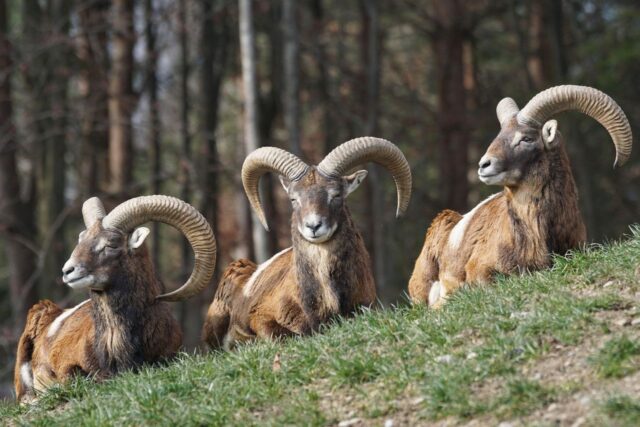
Mammals of Cyprus
Despite the island’s modest size, it is home to several dozen mammal species. Most of them are small or nocturnal animals that easily adapt to the hot climate.
- The Cyprus fox (Vulpes vulpes indutus) is one of the most widespread species. It can be found in rural areas, coniferous forests, and even on the outskirts of cities. Foxes feed on insects, lizards, berries, and scraps of food, demonstrating remarkable adaptability.
- The Cyprus shrew (Crocidura cypria) is an endemic species found only on the island. It is a small insectivore with a secretive lifestyle.
- The Cyprus bat (Rhinolophus hipposideros) is a member of a large group of bats that inhabit caves and old buildings. More than 15 species of bats have been recorded on the island.
- The white-bellied hedgehog (Erinaceus europaeus) is a frequent visitor to gardens and parks. It is active at night and hides in burrows and under bushes during the day.
Wild rabbits, weasels and stoats can be occasionally encountered, especially in rural and mountainous areas.

Reptiles and amphibians
20 species of reptiles have been recorded here, including several endemics.
- The Cyprus lizard (Phoenicolacerta troodica) lives exclusively on the island, preferring rocky slopes and forest edges.

- The Mediterranean tortoise (Testudo graeca) is found in southern and central Cyprus. This slow-moving animal can be seen after rain or in the early morning hours.
- The Aegynian gecko (Cyrtopodion kotschyi) is a small, nocturnal lizard that lives near human settlements.
- The leopard snake (Zamenis situla) is a beautiful but rare snake with a spotted pattern.
- The cat snake (Telescopus fallax cyprianus) is a rare endemic subspecies, named for its vertical, cat- like pupils. It is generally harmless to humans.
Also found on the island are chameleons and oriental lizards, which can often be seen in gardens and on stone fences.
The most common amphibians are the Bedriaga frog (Pelophylax bedriagae) and the tree frog (Hyla savignyi), which live near fresh water springs and reservoirs of Troodos.
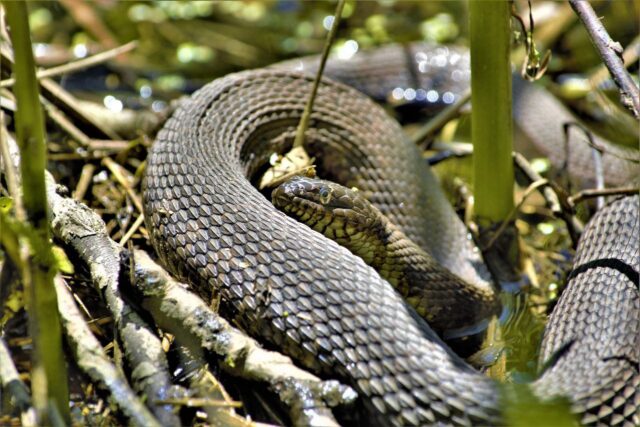
Birds of Cyprus
Cyprus is one of the most important stops on the migratory routes for birds between Europe, Asia, and Africa. More than 350 species fly over the island annually, of which approximately 80 are permanent breeders.
- The Cyprus tit (Cyanistes cypriotes) is an endemic species found in the coniferous forests of Troodos.
- The Greater Flamingo (Phoenicopterus roseus) winters on the salt lakes of Larnaca and Akrotiri, forming huge pink flocks.
- Sparrowhawks, owls, buzzards and black kites are typical predators of mountainous regions.
- The golden bee-eater, hoopoe and swallow decorate the Cypriot sky in spring and summer.
- Herons, gulls, petrels and terns live along the coast.
Ornithologists pay particular attention to rare species such as the black stork and red-footed falcon, which use the island as a temporary refuge during migration.
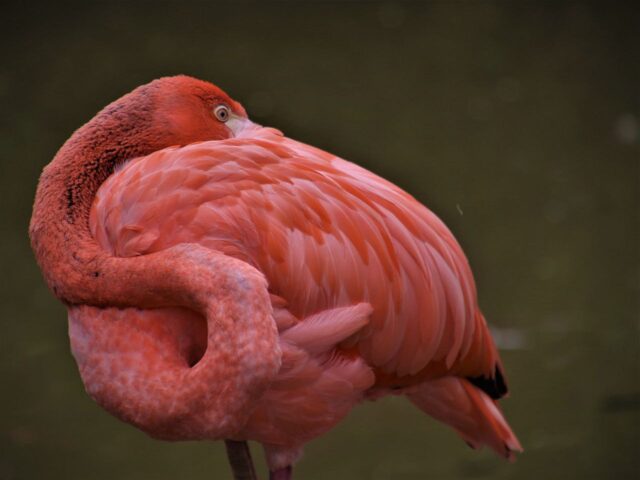
Marine fauna
The waters around Cyprus are exceptionally clear and rich in marine life. They are home to around 200 species of fish and a multitude of marine animals.
- Sea turtles—the green turtle (Chelonia mydas) and the loggerhead turtle (Caretta caretta)—nest on the beaches of the Akamas Peninsula, particularly in the Lara Bay area. Both are listed as endangered.
- Fish include groupers, red mullet, parrot fish, rays and conger eels.
- Dolphins live in the deep sea and sperm whales, which are sometimes observed off the southern coast, sometimes come here.
Coastal areas often provide refuge for crabs, starfish and octopuses, while underwater rocks and caves have become popular diving spots.
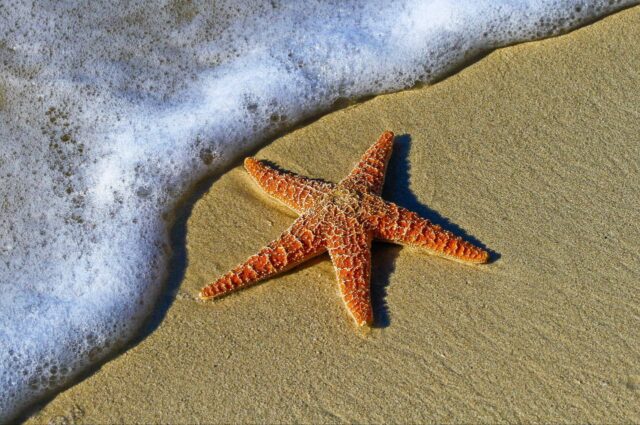
Insects and invertebrates
Cyprus’s insect fauna is diverse and includes over 6,000 species, many of which are found only on the island. Particularly notable are the Cypriot butterflies, including the endemic Pararge cypria and the rare Papilio machaon syriacus.
In the spring, you can see numerous bumblebees and honeybees in the mountains, which play an important role in pollinating local plants. Thanks to the mild climate, many species are active almost year-round.
Wildlife conservation
Most of Cyprus’s rare animals are protected. About 20% of the island’s territory is included in the European Natura 2000 program, which unites nature reserves and protected areas.
The main measures are aimed at preserving the mouflon, sea turtles, birds of prey, and endemic reptile species. Special areas have been established along the coast to protect turtle nests, and hunting and construction are prohibited in the Troodos forests.
Cyprus’s fauna reflects the island’s ancient history. Species that existed before the continents separated have survived, while new ones, adapted to isolated conditions, have emerged. From the snow-capped slopes of Troodos to the coastal lagoons of Akrotiri, each region holds its own natural secrets.
Visiting the nature reserves and national parks of Cyprus offers the opportunity to experience Mediterranean nature in its pristine form, free from the noise of cities and human intervention.

